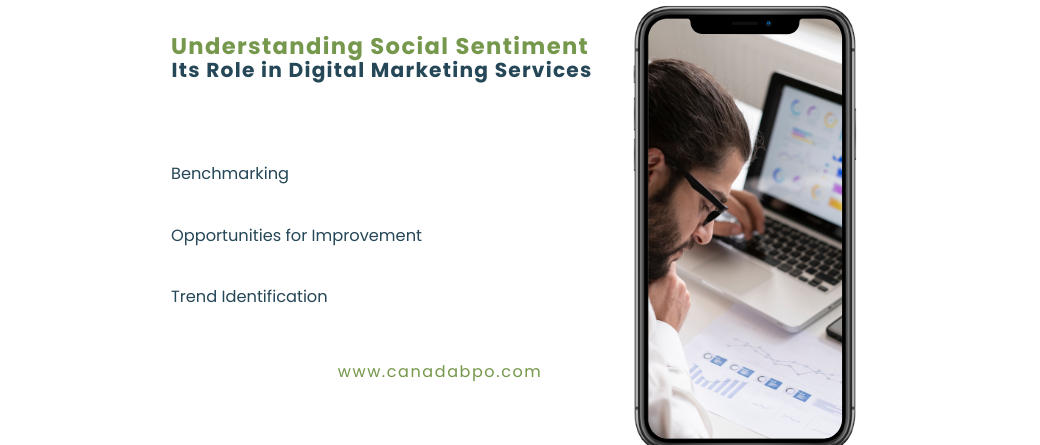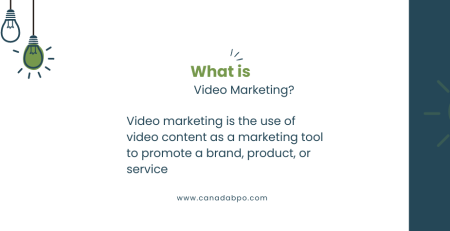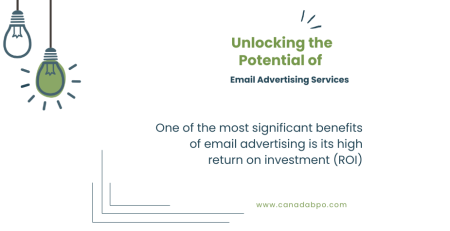In the fast-paced world of digital marketing, understanding your audience is crucial. One of the most effective ways to gauge public perception is through social sentiment analysis. This powerful tool not only helps businesses grasp what their customers are saying but also informs their marketing strategies and decisions. In this post, we’ll explore what social sentiment is, delve into the importance of social media competitor analysis, and showcase how digital marketing services can leverage these insights to boost business performance.
What Is Social Sentiment?
Social sentiment refers to the feelings and opinions expressed by users on social media platforms. By analyzing this data, businesses can gain insights into how their brand is perceived, identify trends, and respond to customer feedback effectively.
Key Components of Social Sentiment:
- Positive Sentiment: Indicates favorable opinions about a brand or product. Positive sentiment can lead to increased customer loyalty and brand advocacy.
- Negative Sentiment: Represents unfavorable opinions, which can harm a brand’s reputation. Identifying negative sentiment allows businesses to address concerns proactively.
- Neutral Sentiment: Refers to comments that express neither positive nor negative opinions. While neutral sentiment may not seem impactful, it can provide valuable insights into customer attitudes and expectations.
The Importance of Social Media Competitor Analysis
To thrive in a competitive landscape, it’s essential to understand not only your brand’s sentiment but also how competitors are perceived. Social media competitor analysis involves evaluating competitors’ online presence, engagement, and customer feedback.
Benefits of Social Media Competitor Analysis:
- Benchmarking: By comparing your brand’s social sentiment against competitors, you can identify strengths and weaknesses.
- Opportunities for Improvement: Discovering gaps in competitors’ strategies can reveal opportunities for differentiation and improvement in your own approach.
- Trend Identification: Understanding industry trends through competitor analysis can help you stay ahead of the curve and adapt your strategies accordingly.
How Digital Marketing Services Leverage Social Sentiment Analysis
Digital marketing services utilize social sentiment analysis in several ways to drive business growth:
- Tailored Content Creation: By understanding audience sentiments, marketers can create targeted content that resonates with their customers, addressing their needs and interests effectively.
- Crisis Management: Negative sentiment can escalate quickly on social media. Digital marketing services can monitor sentiment in real-time, allowing brands to respond promptly to mitigate potential PR crises.
- Enhanced Customer Engagement: By analyzing sentiment, brands can engage with their audience more meaningfully, fostering loyalty and community.
- Informed Strategy Development: Sentiment analysis provides data-driven insights that can inform broader marketing strategies, ensuring that businesses are aligned with consumer expectations and trends.
- Performance Measurement: Regularly assessing social sentiment helps businesses measure the effectiveness of their marketing campaigns, allowing for continuous improvement.
In today’s digital landscape, understanding what social sentiment is and employing social media competitor analysis are essential for any business looking to thrive. By leveraging these insights, digital marketing services can create tailored strategies that not only enhance customer engagement but also drive brand loyalty and growth.
Investing in social sentiment analysis is not just a trend—it’s a necessity for businesses aiming to stay competitive and relevant in an ever-evolving market. Whether you’re a small startup or an established enterprise, incorporating social sentiment insights into your marketing strategy can significantly influence your business’s success.










